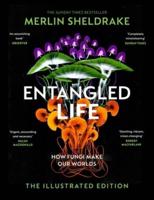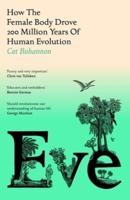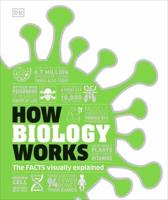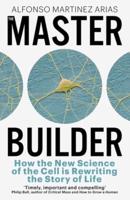Publisher's Synopsis
Excerpt from The Monthly Microscopical Journal, Vol. 6: Transactions of the Royal Microscopical Society, and Record of Historical Research at Home and Abroad
The leaves of bog mosses are very peculiar, and are Well known as an elegant microscopic object; those of the stem are more remote from each other than in mosses, and in all the species two complete Spirals contain five leaves (phyllotaxy a); their form is ovate or tongue - shaped, with the base frequently more or less auricled. Those Of the branches are much narrower, and not only vary on the two forms of branch, but on different parts of each. If we look at a Sphagnum leaf in ?uid with a sufficient power, the first thing that strikes us is the beautiful sigmoid form of the areolation, or cellular network; and next, the presence of a delicate fibril forming spirals or rings on the inner wall of each cell, and by which the thin membrane is kept expanded, while perforating the mem brane are distinct apertures or pores through which it is common enough to find infusoria have passed, which may be seen sporting about in the cell cavity; and thirdly, that these large prosenchyma tous cells are always void of chlorophyl, and hence want the lively green colour so noticeable in true mosses.
About the Publisher
Forgotten Books publishes hundreds of thousands of rare and classic books. Find more at www.forgottenbooks.com
This book is a reproduction of an important historical work. Forgotten Books uses state-of-the-art technology to digitally reconstruct the work, preserving the original format whilst repairing imperfections present in the aged copy. In rare cases, an imperfection in the original, such as a blemish or missing page, may be replicated in our edition. We do, however, repair the vast majority of imperfections successfully; any imperfections that remain are intentionally left to preserve the state of such historical works.









